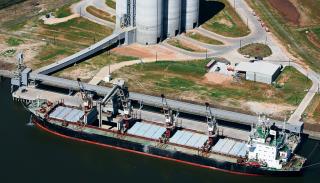The Mediterranean has always played a vital role in the world economy and international trade. In recent years its bordering countries have been affected by turmoil caused by various factors: the economic crisis, a fall in oil prices, increasing migration and Islamisation, political instability and wars. This uncertainty has affected construction investment and regional cement demand. For Mediterranean cement producers this has meant a need to find new markets and look beyond the usual horizon of the region to seek profit elsewhere. By Sylvie Doutres, DSG Consultants, France.
Despite the modest recovery observed on the Mediterranean’s northern, European shores and the population growth in the eastern and southern part, the region still faces a cement supply surplus, estimated at around 48Mt in 2015. This surplus particularly affects countries in the north (including Turkey, Spain, Greece, Portugal and Italy) and is mainly explained by the economic slowdown in this area (see Table 1). However,when comparing 2015 with the previous year, a cautious optimism supports the view that the economic situation in most southern European countries (except Greece) has improved. In the EU28 average GDP growth in the next two years is forecast at two per cent, but this recovery remains fragile and partly-linked to the slump in the price of oil. Moreover, public investments remain insufficient to reverse the downward trend in cement consumption.
